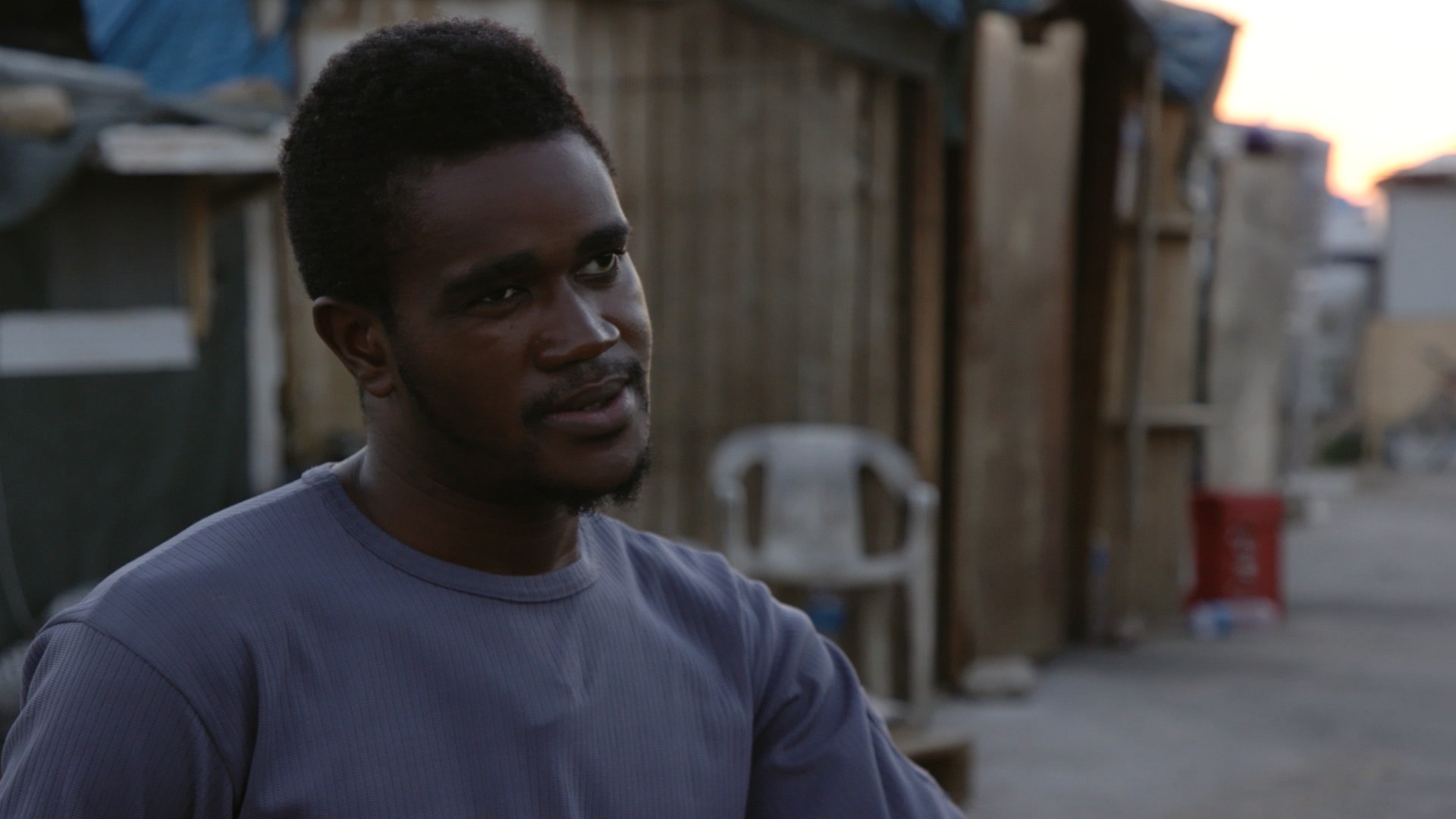Image via UNICEF/Gilbertson VII
This is an opinion piece by Christian Skoog, UNICEF Representative in Mexico.Khaled was 16 when his parents, worried for his safety in war-torn Afghanistan, scraped together enough money to send him on the long and perilous overland journey to Europe where they hoped he would find safety, education and opportunity. In the absence of any legal pathways for Khaled to migrate, things did not work out as planned.After enduring six months of gruelling travel from Afghanistan through Iran, Turkey and Bulgaria, Khaled made it as far as Serbia before the European Union closed its borders and he ran out of money. He’s been stranded for well over a year. Stuck in a legal no-man’s land, Khaled is left without any options for safe onward movement or return to be with his family. Neither Afghanistan nor Serbia have an effective cooperation mechanism in place to cooperate and act in his best interests.Once again, without safe and regular options available to him, Khaled feels compelled to turn to smugglers. He spends his days earning what little cash he can to pay smugglers who sneak migrants across the border into Croatia. He’s made at least five attempts to cross, with each resulting in a severe beating at the hands of border police.
Check out more videos from VICE:
Each day countless numbers of migrant children are treated in ways that societies would find unacceptable for their own citizens. This state of affairs must not continue – policies, practices, behaviors and attitudes must change to ensure that the rights of all children, regardless of migration status, are upheld.That is why it is imperative that these compacts firmly establish and uphold the rights, protection and wellbeing of the world’s uprooted children.Policy-makers from all countries are meeting in Puerto Vallarta, Mexico, to start defining one of these agreements, the Global Compact for Migration. The Compact can be a watershed moment when world leaders forge consensus and agree on concrete political and financial commitments and actions to welcome, empower, protect and invest in migrant children.Will the diplomats convening in Puerto Vallarta seize this moment for children?
It should be a no-brainer. A child, whether refugee, migrant or internally displaced, is first and foremost a child deserving of protection, care and all the support and services they need to thrive regardless of their migration status.
Advertisement
Khaled is not alone. Around the world, 50 million children have been uprooted from their homes, including 28 million driven from their communities by conflict.Without adequate protection systems or safe and regular pathways to migrate, many of these vulnerable children fall victim to violence, abuse, exploitation and a lack of access to essential services. Some children turn to smugglers, traffickers or dangerous informal routes, putting them at terrible risk. We see this every day – whether it’s horrific reports of child migrants forced into slavery in Libya or the brutal violence perpetrated against Rohingya families in Myanmar – it’s happening around the world.Without adequate protection systems or safe and regular pathways to migrate, many of these vulnerable children fall victim to violence, abuse, exploitation and a lack of access to essential services.
Advertisement
Check out more videos from VICE:

Each day countless numbers of migrant children are treated in ways that societies would find unacceptable for their own citizens. This state of affairs must not continue – policies, practices, behaviors and attitudes must change to ensure that the rights of all children, regardless of migration status, are upheld.That is why it is imperative that these compacts firmly establish and uphold the rights, protection and wellbeing of the world’s uprooted children.Policy-makers from all countries are meeting in Puerto Vallarta, Mexico, to start defining one of these agreements, the Global Compact for Migration. The Compact can be a watershed moment when world leaders forge consensus and agree on concrete political and financial commitments and actions to welcome, empower, protect and invest in migrant children.Will the diplomats convening in Puerto Vallarta seize this moment for children?
It should be a no-brainer. A child, whether refugee, migrant or internally displaced, is first and foremost a child deserving of protection, care and all the support and services they need to thrive regardless of their migration status.
Seizing this opportunity is a matter of choice – a political choice to allow children the chance to benefit from the opportunities that migration can offer. It is not only the right thing to do for children, but also in Member States’ own interests.Changing laws and policies to protect migrant children and their families may seem like heavy lifting, but it’s not. Ahead of the meeting in Puerto Vallarta, UNICEF released a new report with series of case studies – practical examples that show how governments, civil society partners and host communities in all regions are already working to support and integrate uprooted children and their families.
Real world examples include the implementation of minimum protection standards for refugee children in Germany, cross border child protection systems in West Africa, and finding alternatives to the detention of migrant children in Zambia. Each of the initiatives can be replicated in different contexts and inform child-focused actions and policy change at national, regional and global levels to be agreed in the framework of the Compact.The answers are there and the moment is now for world leaders to do the right thing for children. 2018 is an unmissable chance for the international community to get international migration and asylum policy right – and that starts with children.Each day countless numbers of migrant children are treated in ways that societies would find unacceptable for their own citizens.